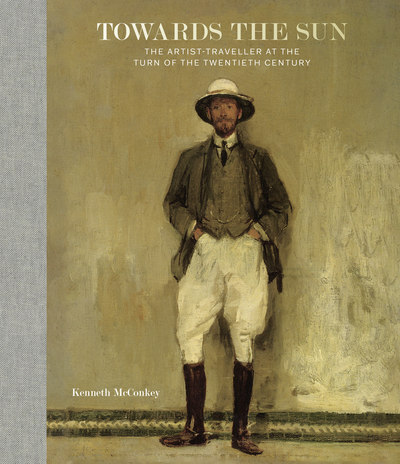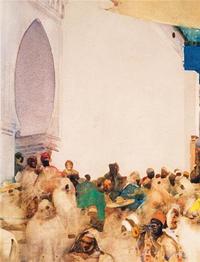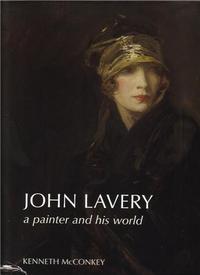Nous utilisons des cookies pour améliorer votre expérience. Pour nous conformer à la nouvelle directive sur la vie privée, nous devons demander votre consentement à l’utilisation de ces cookies. En savoir plus.
TOWARDS THE SUN - THE ARTIST - TRAVELLER AT THE TURN OF THE TWENTIETH CENTURY
Holberton - EAN : 9781913645083
Édition papier
EAN : 9781913645083
Paru le : 5 nov. 2021
75,00 €
71,09 €
Disponible
Pour connaître votre prix et commander, identifiez-vous
Notre engagement qualité
-
 Livraison gratuite
Livraison gratuite
en France sans minimum
de commande -
 Manquants maintenus
Manquants maintenus
en commande
automatiquement -
 Un interlocuteur
Un interlocuteur
unique pour toutes
vos commandes -
 Toutes les licences
Toutes les licences
numériques du marché
au tarif éditeur -
 Assistance téléphonique
Assistance téléphonique
personalisée sur le
numérique -
 Service client
Service client
Du Lundi au vendredi
de 9h à 18h
- EAN13 : 9781913645083
- Editeur : Holberton
- Date Parution : 5 nov. 2021
- Disponibilite : Disponible
- Barème de remise : NS
- Nombre de pages : 240
- Format : 2.80 x 25.20 x 28.70 cm
- Poids : 1.752kg
- Résumé : Bien qu’il y ait eu des monographies sur les artistes voyageurs britanniques du XVIIIème et du début du XIXème siècles, il n’existe aucune enquête de ce que l’écrivain Henry Blackburn décrivait de « voyage artistique » un siècle plus tard. A partir de 1900, le « Grand Touriste » est devenu un globe-trotteur muni d’un appareil photo et, malgré le développement de la photographie instantanée, l’enregistrement visuel immédiat en huile et aquarelle reste le plus répandu. Kenneth McConkey’s exciting new book explores the complex reasons for this in a series of chapters that take the reader from southern Europe to north Africa, the Middle East, India and Japan revealing many artist-travellers whose lives and works are scarcely remembered today. He alerts us to a generation of painters, trained in academies and artists’ colonies in Europe that acted as crèches for those would go on to explore life and landscape further afi eld. The seeds of wanderlust were sown in student years in places where tuition was conducted in French or German, and models were often Spanish, Italian, or North African. At fi rst the countries of western Europe were explored afresh and cities like Tangier became artists’ haunts. Training that prioritized plein air naturalism led to the common belief that a well-schooled young painter should be capable of working anywhere, and in any circumstances. At the height of British Imperial power, and facilitated by engineering and technological advance, the burgeoning tourism and travel industry rippled into the production of specialist goods and services that included a dedicated publishing sector. Essential to this phenomenon, the artist-traveller was often commissioned by London dealers to supply themed exhibitions that coincided with contracts for colour-illustrated books recording those exotic parts of the world that were newly available to the tourist, traveller, explorer, emigrant, or colonial civil servant. These works were not, however, value-neutral, and in some instances, they directly address Orientalism, Imperialism, and the Post-Colonial, in pictures that hybridize, or mimic indigenous ways of life. Behind each there is a range of interesting questions. Does experience live up to expectation? Is the street more desirable than the ancient ruin or sacred site? How were older ideas of the ‘picturesque’ reborn in an age when ‘Grand Tours’ once confi ned to Italy, now encompassed the globe? McConkey’s wideranging survey hopes to address some of these issues. This richly illustrated book explores key sites visited by artist-travellers and investigates artists including Frank Brangwyn, Mary Cameron, Alfred East, John Lavery, Arthur Melville, Mortimer Menpes, as well as other under-researched British artists. Drawing the strands together, it redefi nes the picturesque, by considering issues of visualization and verisimilitude, dissemination and aesthetic value.




